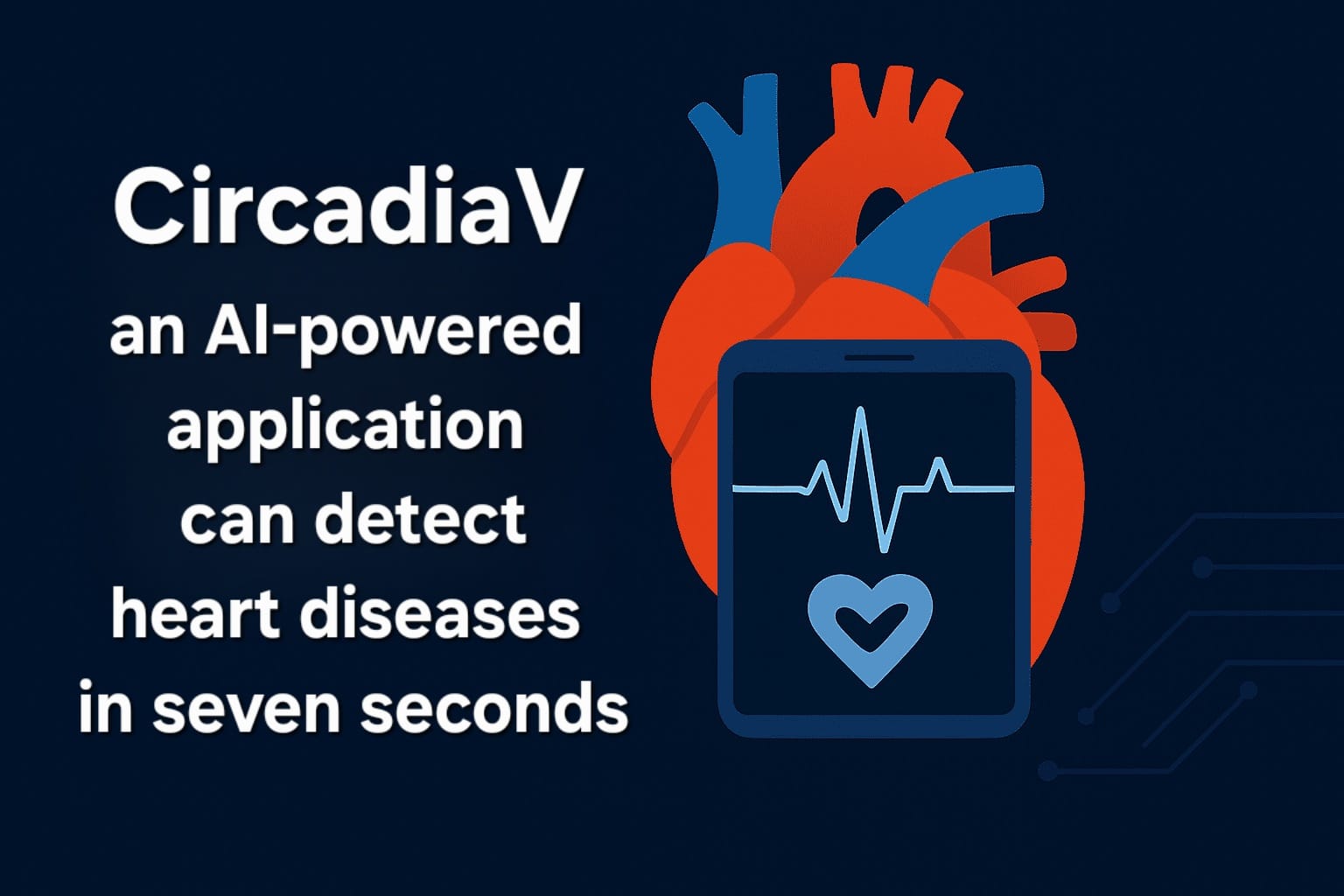Sarcoma is the general term for a broad group of cancers that begin in the bones and in the soft tissues. Bone sarcomas are rare tumors, approximating 0.2% of all cancers. The common subtypes identified in India include Ewing sarcoma and synovial sarcoma. Soft tissue sarcoma forms in the tissues that connect, support, and surround other body structures. This includes muscle, fat, blood vessels, nerves, tendons, and the lining of the joints. It has an average 2.1% frequency rate in males and 1.2% in females. Treatment for sarcoma varies depending on sarcoma type, location, and other factors. As Sarcoma Awareness Day is observed every year on July 21st, we, at Medicircle, are conducting an exclusive series to raise awareness about this rare medical condition.
Dr. Preetam Kumar Jain, MD, is a European-certified super-specialist. He is a Senior Consultant Oncologist, practicing in top hospitals in Mumbai. He specialized in the diagnosis of all types of cancers and treatment with chemotherapy, targeted therapy, immunotherapy, and personalized care for cancer.
All you need to know about sarcoma
Dr. Preetam Jain says, “Sarcoma is a type of cancer which originates from bone, soft tissue, and muscles. This type of cancer is very dangerous. Sarcoma has many types. The diagnosis of sarcoma is very important from a histopathological point of view based on which the treatment differs. Sarcoma is a tumor of skin, muscles, or outgrowth. Initially, it is a very small and benign tumor which may be missed by the patients or neglected.”
“There are many bone tumors which can be identified on fractures or falls which are very common. In the initial stages, the patient may be asymptomatic. However, once the tumor starts growing, it can cause pain in a particular part of the body. When pain starts due to the tumor of sarcoma, it signals that the tumor is in an advanced stage. Sarcoma can be present in any part of the body. It is a heterogeneous type of cancer.”
Diagnosis of Sarcoma
Dr. Preetam Jain informs,” Sarcoma can be present in any part of the body as a lump or outgrowth. The lump should be diagnosed well to check whether it's malignant or benign. Through clinical examination, one can detect the tumor or lump. Reach out to your doctor and take the opinion of an oncologist who is an expert in the field. Any outgrowth lump which is increasing at a higher pace needs medical attention. Pay close attention to-
Increase in size of the lump Pain on the body Sudden weight loss Difficulty in breathing
MRI or scan is a must for a well-defined diagnosis. Once the MRI confirms the clinical examination, it can be sent for the biopsy. The biopsy report confirms whether the tumor is cancerous or non-cancerous. Then, accordingly, we can plan the line of treatment after confirmation of diagnosis.”
Sarcoma is dangerous
Dr.Preetam Jain says, “Sarcoma is dangerous and life-threatening cancer. Sarcoma should be diagnosed at an early stage for better treatment. A smaller-sized sarcoma can get cured with surgery and medications. Radiation therapy can help. Sarcoma is not detected at early stages by laymen as they tend to ignore any limp. This can lead to the spreading of sarcoma in other parts of the body. This may affect the survival rate and can cause death. The sarcoma patients should be watched and monitored closely. Any kind of suspicious and early diagnosis of sarcoma needs aggressive therapy and treatment.”
Sarcoma can affect any age group
Dr.Preetam Jain informs, “Sarcoma can be present in any age group. Bone tumors can be cured in the early stages of diagnosis and are generally seen in the first and second decade of life. It can be seen in children. If the size of sarcoma increases, then there might be a need for amputation which may cause disability.”
Advice from expert
Dr.Preetam Jain states, “Any cancer has the manifestation of the lump in the body. Any kind of lump should not be ignored. There is a general misconception that the lump is asymptomatic and patients tend to neglect treatment waiting for it to cause pain. Cancer limp when reaches a point of pain, it means that it is in an advanced stage and you might fall in trouble.
(Edited by Dr.Rati Parwani)

 Dr. Preetam Kumar informs about sarcoma. He gives his special expertise on diagnosis and treatment of this rare condition which can turn out to be dangerous
Dr. Preetam Kumar informs about sarcoma. He gives his special expertise on diagnosis and treatment of this rare condition which can turn out to be dangerous 






.jpeg)


.jpg)









.jpeg)





.jpg)




.png)



